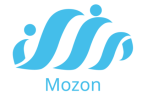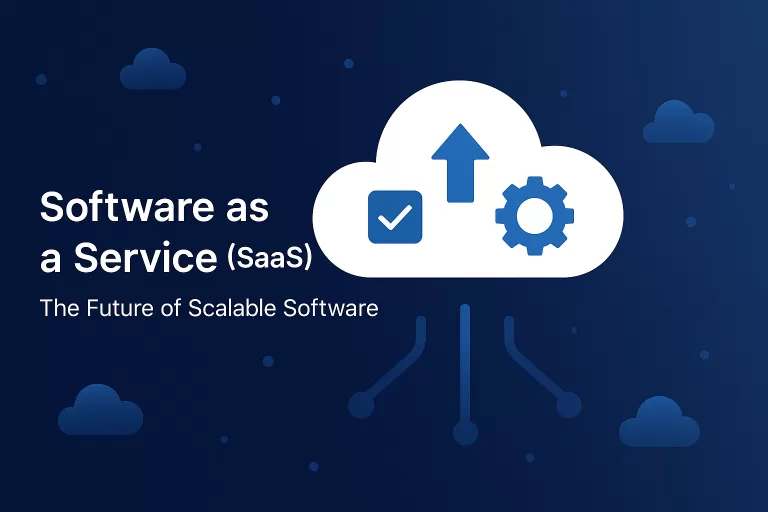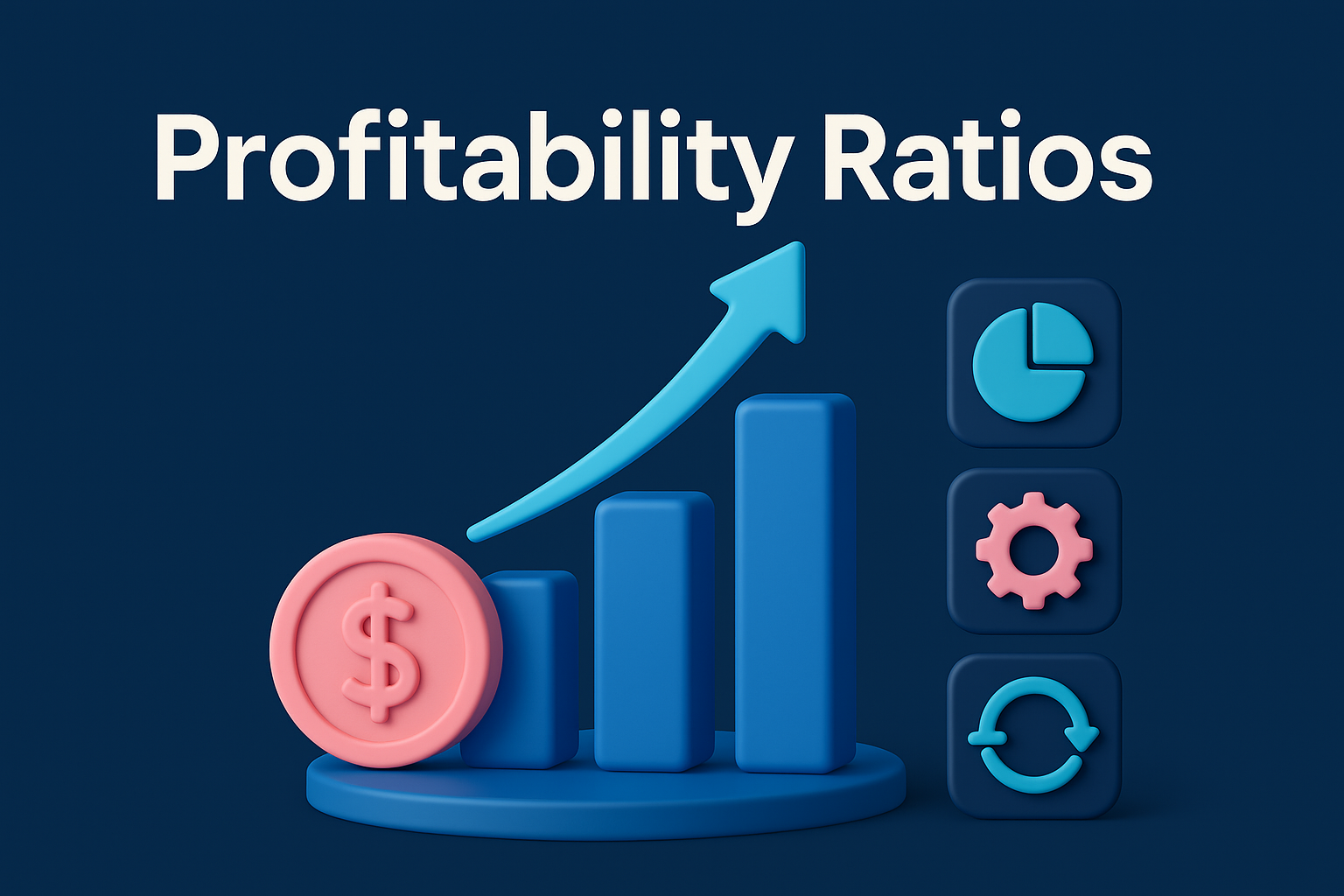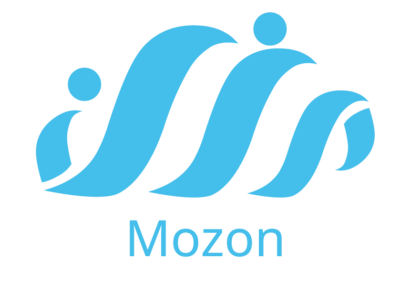Introduction: The Age of On-Demand Software
In the evolving landscape of digital transformation, Software as a Service (SaaS) has emerged as a revolutionary delivery model. It replaces the burdens of on-premise installations, server maintenance, and upgrade headaches with a cloud-based experience where software is accessed via the internet. Whether for small startups or global enterprises, SaaS offers agility, affordability, and scalability.
What Is Software as a Service (SaaS)?
SaaS is a cloud-based method of providing software to users over the internet. Instead of buying software and installing it on individual machines or servers, users subscribe to access the software through a web browser or dedicated interface. This allows for real-time updates, access from anywhere, and centralized data management.
Core Characteristics of SaaS
-
Subscription-Based Access
Users pay a recurring fee (monthly, annually) to access the service, often based on usage tiers or features. -
Scalability
Easily add more users, storage, or functionality without major infrastructure changes. -
Accessibility
Use the software on any device with an internet connection—PCs, tablets, smartphones. -
Multi-Tenancy
One application serves multiple customers with securely separated data. -
Automatic Updates
The provider manages updates and patches, ensuring users always operate on the latest version.
Benefits of SaaS
-
Cost-Efficiency: No upfront hardware or licensing costs.
-
Rapid Deployment: Quick setup compared to traditional installations.
-
Security and Compliance: Centralized updates reduce vulnerabilities and help meet compliance standards.
-
Continuous Innovation: Vendors regularly introduce new features without disruption.
-
Collaboration: Many SaaS apps enable multi-user, real-time collaboration.
Applications of SaaS Across Business Domains
SaaS solutions cater to nearly every functional area in modern organizations. Examples include:
-
Customer Relationship Management (CRM): Helps businesses manage leads, sales, and customer communication.
-
Enterprise Resource Planning (ERP): Integrates finance, supply chain, inventory, and operations in one platform.
-
Human Resource Management Systems (HRMS): Manages employee records, payroll, benefits, and time tracking.
-
Project Management Tools: Enables task assignments, scheduling, and performance tracking in teams.
-
Accounting Platforms: Automates invoicing, budgeting, tax calculation, and financial reporting.
-
E-Commerce Platforms: Provide tools for creating and managing online stores.
-
Collaboration & Communication Tools: Facilitate team interaction, file sharing, and video conferencing.
Industry Use Cases
SaaS adoption spans virtually every sector:
-
Education: For e-learning portals, digital classrooms, and school administration systems.
-
Healthcare: For managing patient records, appointments, and remote diagnostics.
-
Retail: For point-of-sale (POS), inventory control, and customer loyalty management.
-
Manufacturing: For procurement planning, order tracking, and quality control.
-
Real Estate: For managing property portfolios, contracts, and maintenance tasks.
-
Public Sector: For compliance, citizen services, and digital communication.
SaaS vs Traditional Software: A Strategic Shift
| Feature | SaaS | Traditional Software |
|---|---|---|
| Deployment | Cloud-based | On-premise |
| Costs | Subscription | One-time license |
| Updates | Automatic | Manual, IT-driven |
| Access | Web-based | Device-bound |
| Scalability | Easy | Complex, costly |
Key Challenges and Solutions
1. Data Privacy
While data is hosted externally, leading SaaS providers use encryption, access controls, and compliance certifications to protect sensitive information.
2. Downtime Risks
Redundant infrastructure and SLAs (Service Level Agreements) help ensure high availability.
3. Vendor Lock-In
Open API support and data export features allow greater portability and interoperability.
The Future of SaaS
-
AI & Machine Learning Integration: SaaS platforms are embedding AI to offer smart recommendations, predictive analytics, and automation.
-
Vertical SaaS: Tailored for specific industries like legal, education, or real estate, offering more niche functionality.
-
Low-Code/No-Code Platforms: Enable users to build workflows and apps without deep technical knowledge.
-
Data-Driven Decision Making: Real-time dashboards and KPIs will drive operations.
Why SaaS Is a Game-Changer for Digital Business
SaaS empowers businesses to:
-
Launch quickly without capital expenditure.
-
Stay agile in dynamic markets.
-
Innovate continuously without IT bottlenecks.
-
Access global talent and tools without borders.
FAQs About SaaS
Q1: What makes SaaS different from traditional software?
A: SaaS is cloud-based and accessed via subscription, eliminating the need for local installation and infrastructure.
Q2: Is SaaS secure?
A: Yes, SaaS providers often implement advanced security protocols like encryption, firewalls, and regular audits.
Q3: Can SaaS be customized?
A: Most modern SaaS platforms offer extensive customization through configuration, plugins, and APIs.
Q4: What if internet access is lost?
A: Some SaaS applications support offline access and sync when the connection is restored, while others require constant internet.
Q5: Is SaaS suitable for large enterprises?
A: Absolutely. SaaS scales to meet enterprise needs and can integrate with legacy systems.
Conclusion
Software as a Service is not merely a trend—it’s the foundation of modern business infrastructure. With flexibility, affordability, and innovation at its core, SaaS continues to empower companies to focus on what truly matters: delivering value. Whether you’re a growing startup or an established enterprise, SaaS offers a clear path to operational excellence.





